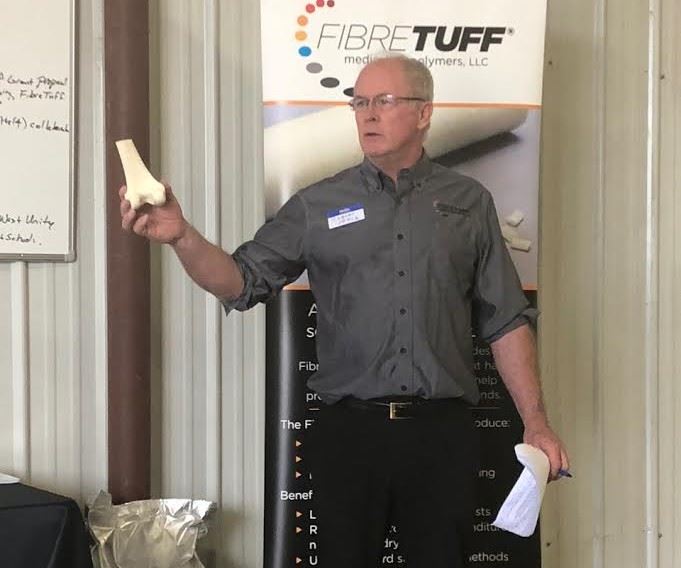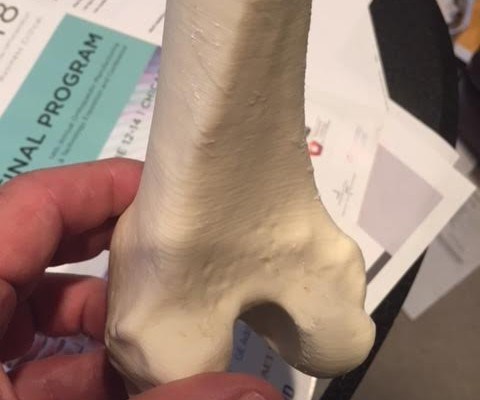FibreTuff Starts Up Compounding of Cellulose-Based Biomaterial with a Focus on Medical Devices
The facility will manufacture FibreTuff PAPC filaments and powders for 3D printing and compounds for molding of Class I and II medical devices for spine, trauma and sports medicine.
FibreTuff, West Unity, Ohio, held an open house on July 31, for the launch of compounding operations to manufacture cellulose based biomaterial for the 3D printing and molding of Class I and II medical devices for spine, trauma and sports medicine. The company expects to hire about 20 people over the next three years as companies across the U.S. begin to use FibreTuff PAPC filaments and powders for 3D printing.
Said company founder Robert Joyce, “This is innovative. This is disruptive to the medical devices market…The market is there, the opportunity is there, and we are adding more strategic partners as we grow.”
Welcome! You’ve unlocked premium content.
FibreTuff’s PAPC filament can be used in 3D printers without the odors traditionally associated with the printing process. In addition, the costs to those printing medical devices, such as cervical spacers and implants is about 30 percent less than other products in the marketplace.
According to COO Ted Wolkowski, a key advantage is that it’s ‘radio opaque,’ which means it can be seen by an x-ray. “It doesn’t require any additives - like the current products on the market - to be detected by x-ray.” Yet other distinguishing characteristics of the FibreTuff filament are that it will not dissolve inside the body, it has passed USP Class VI testing performed by NAMSA for implantation and its weight and composition are similar to actual bone.
The cellulose based biomaterial branded as PAPC by FibreTuff, will be manufactured in West Unity and delivered to customers in the form of compounded pellets, filament and bar stocks for CNC machining, injection and extrusion processes. Customers from Boston to San Francisco are already using FibreTuff to produce bone replacements, mesh and temporary implants, and eventually, spinal spacers for orthopaedics.
FibreTuff intends to work with hospitals, colleges and universities, and medical device manufacturers to develop a new way to deliver education and functional tools and models to the medical market, explains Joyce.“The 3D bone replacements made with FibreTuff PAPC are so realistic, medical students can use them instead of animal cadavers for essential practice, such as sawing, screwing, cutting and laser cutting.”Related Content
-
At NPE2024, Follow These Megatrends in Materials and Additives
Offerings range from recycled, biobased, biodegradable and monomaterial structures that enhance recyclability to additives that are more efficient, sustainable and safer to use.
-
How to Optimize Injection Molding of PHA and PHA/PLA Blends
Here are processing guidelines aimed at both getting the PHA resin into the process without degrading it, and reducing residence time at melt temperatures.
-
BASF Highlighting How They 'Make, Use and Recycle Future Solutions'
NPE2024: BASF is using its proprietary computer-aided engineering tool Ultrasim when designing for sustainability in a broad range of industries.
















